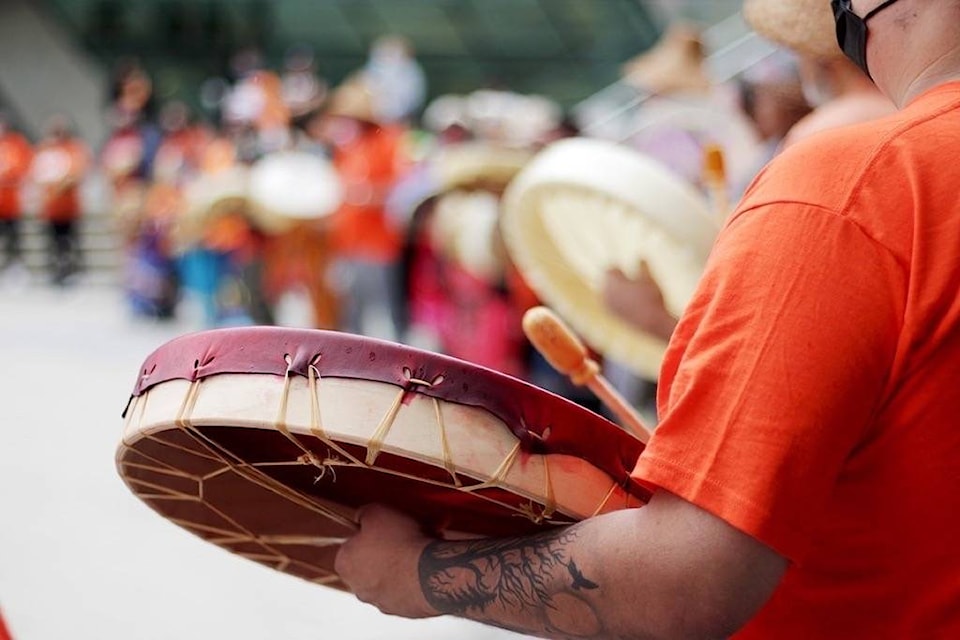Editor’s note: This article contains details about experiences at residential schools in B.C. and may be triggering to readers.
The Indian Residential School Survivors Society is offering toll-free 24-hour telephone support for survivors and their families at 1 (866) 925-4419. The KUU-US Crisis Line Society’s 24-hour line is available at 1-800-588-8717.
*****
Following the news of the 215 Indigenous children buried at the site of a former residential school in Kamloops, the Surrey school district’s Aboriginal Learning department has provided a list of teacher resources to inform learning about residential schools and how to teach students about them in the classroom.
Juanita Coltman, District Principal of Aboriginal Learning, said the department felt during this time it was “critical that we raise awareness of what residential schools are, what happened, why it happened, so we can learn from that tragic error in Indigenous history.
”It was a really devastating time in Canadian history.”
On May 27, the Tk’emlúps te Secwépemc First Nation confirmed there were remains of at least 215 Indigenous children at the site of a former residential school in Kamloops.
Chief Rosanne Casimir of the Tk’emlúps te Secwépemc First Nation said the remains of the children, some believed to be as young as three, were confirmed with the help of ground-penetrating radar.
The Kamloops Indian Residential School was Canada’s largest such facility operated by the Roman Catholic Church between 1890 and 1969 before the federal government took it over as a day school until 1978, when it was closed.
The list, according to the district, contains more than 40 resources teachers can draw from in preparing lesson plans and handling conversations with students of all grade levels about the dark history of residential schools in Canada.
Coltman said many students may have questions and it’s important to educate them in age-appropriate ways, while also being careful when presenting information in case there is a trigger for students who may have had a family member or relative in a residential school.
“‘Why were they buried in unmarked graves, why were they buried at a residential school, why are we doing all of this?’” said Coltman. “I think it’s important for us to understand that part of history. They need to know the truth.”
The district says additional resources are available on the Surrey Schools ONE website (surreyschoolsone.ca), under the tag “Every Child Matters.” The resources were gathered by teacher-librarians across the district, featuring book lists, videos and website recommendations.
“We really hope teachers take the time to teach this in a meaningful and respectful way in the classroom,” she said, noting the First Nations Education Steering Committee has some excellent resources for Grade 5, 10 and 11-12 students.
lauren.collins@surreynowleader.com
Like us on Facebook Follow us on Instagram and follow Lauren on Twitter
